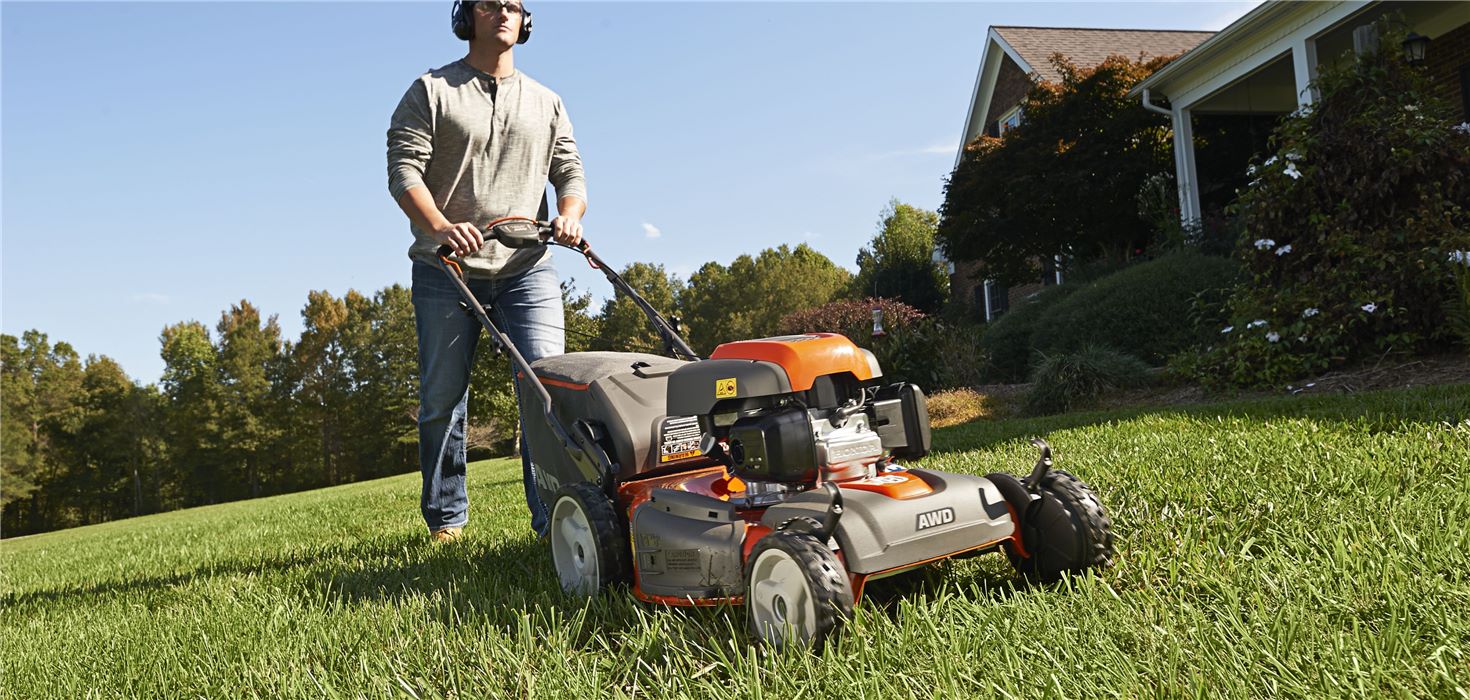With the herald of spring just around the corner and the promise of bright, sunny and crisp days on the horizon, your thoughts may now be turning to your garden and its imminent awakening from winter hibernation.
One of the most important parts of your garden will undoubtedly be your lawn, which is often the focal point of any area and where you’ll spend your summer days lounging in the sun.
But, with such an important aspect, you’ll also need to make sure that it’s properly maintained and lawns take a surprising amount of expertise to keep healthy.
With this in mind, we’ve taken a look at when you should first cut your lawn this year, to make sure it’s in top condition when summer rolls around.
What month to mow
Mowing your lawn will vary across the different seasons and months, with less maintenance required in winter than in summer, but just what should you be doing in each month of the year?
Winter
During winter months, mowing will not be required and will be largely at your discretion. From December to March, you can consider a light high cut occasionally to keep the lawn looking smart, but only do this if the grass and soil are dry.
If the ground is wet, soft, or freezing, do not mow the area as it can damage both your lawn and your lawnmower.
Spring
During March, you should begin to start mowing your lawn for the year as it will start growing with the onset of spring. This is best done every two to three weeks on a high cut and only when grass is dry.
During April, your mowing can increase in regularity as the month progresses. At the start of the month, mow every two weeks, before progressing to every 10 days and then weekly towards the end of the month.
Summer
As we head through the summer months, from May onwards, it’s important to mow weekly with a lower cutting height to make sure you’re keeping your grass as pristine as possible.
For July and August, you can continue in the same way unless you experience a period of drought or hot and dry temperatures, in which case you can drop the regularity down to every two weeks to allow the grass to conserve energy. If the grass turns yellow, cease mowing until you have more moisture in the ground.
Autumn
Heading into autumn, you can reduce the regularity of your mowing again. In September, mow your lawn every two weeks before reducing it to every three weeks in October. November will likely see the last regular mowing of the year on a three weekly basis, before ceasing for the year.
The type of lawn
The type of lawn that you have can also determine when to mow and how often to mow, as different factors can influence how much maintenance is required.
If your lawn is dry and shady and located under any trees, it will require less frequent mowing than areas with lots of sun and good moisture. This is because your lawn will grow much more slowly, so it’s wise to reduce the regularity of mowing by a week at a time.
Similarly, with a shady lawn, you can get away with not doing any mowing in winter and, instead, start in March.
If your lawn is prone to retaining moisture and often has soft ground, hold off with your mowing until late April or early May to ensure you have the hardest ground.
This post by the Royal Horticultural Society has more tips on how to best mow your lawn.
The different tools
Whilst it’s important to make sure you have the right timings with mowing the lawn, it’s also important to make sure you use the right tools at different times of the year.
We spoke to Blaupunkt Tools, specialists in electric lawn mowers, who said: “Many people use the same tools with the same settings regardless of when they’re mowing the lawn. However, it’s important to vary your approach to make sure you keep it as healthy as possible.
“For the first cuts in early spring, make sure you use a very light cut to make sure you don’t take off too much of the blades which can cause the grass to struggle later on. Using a grass strimmer rather than a mower can help to do this, before moving onto a lawn mower for a deeper cut later on.”
